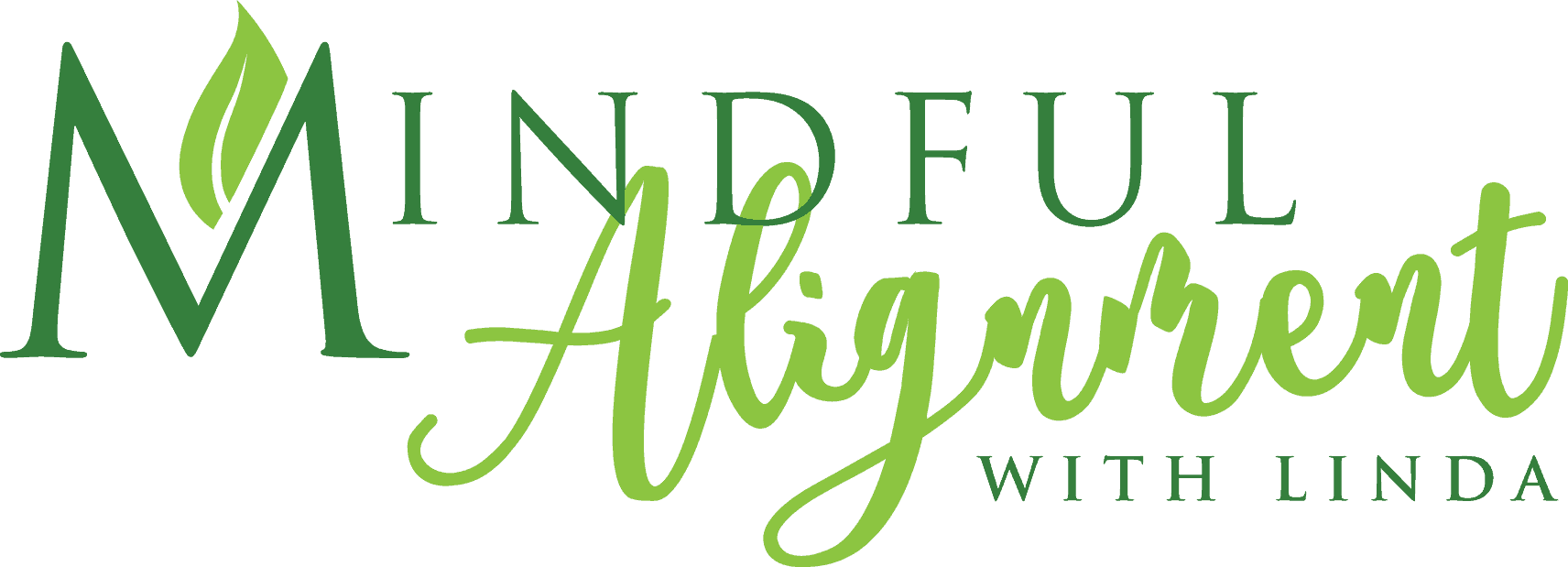The Motivation Paradox: Action is the Catalyst for Healing Back Pain
The Hidden Struggle of Back Pain
Living with chronic back pain transforms even the simplest movements into exhausting challenges. The weight of persistent discomfort doesn’t just affect your body—it seeps into your mental landscape, draining the very motivation needed to pursue healing. When each stretch brings discomfort and every exercise feels like an impossible mountain to climb, finding the drive to continue becomes its own formidable obstacle.
The Illusion of Waiting for Motivation
Here’s a truth that pain sufferers rarely discuss: motivation is fundamentally unreliable. It ebbs and flows like an unpredictable tide, strong one moment and absent the next. The conventional wisdom suggesting we should “get motivated” before taking action sets many back pain sufferers up for an endless cycle of waiting for a feeling that may never arrive with sufficient force.
Science reveals a more powerful truth: action precedes motivation—not the reverse. This insight completely transforms the recovery journey.
The Neurological Relationship Between Pain and Inaction
When persistent back pain becomes your daily companion, your brain creates protective mechanisms that ironically can worsen your condition. The fear-avoidance cycle—where pain leads to decreased movement, which leads to muscle weakness, which leads to more pain—becomes neurologically entrenched.
This phenomenon, known as pain catastrophizing, can actually rewire your brain to anticipate and magnify discomfort. Research from pain neuroscience shows that breaking this cycle doesn’t begin with positive thinking or waiting for inspiration. It begins with deliberate action that interrupts the established neural patterns.
The Momentum Framework: Small Actions, Extraordinary Results
1. Embrace Micro-Commitments
The size of your action matters far less than its consistency. The concept of “non-negotiable minimums” can revolutionize your approach to back pain management:
- Set a threshold so low that it feels almost ridiculous to skip it—perhaps just 60 seconds of gentle movement
- Focus on frequency rather than duration or intensity
- Acknowledge the neurological benefit: each completed action reinforces neural pathways that make the next action easier
Implementation Strategy: Place visual reminders of your micro-commitment in environments where you spend the most time. A simple Post-it note by your computer or bedside can serve as a powerful environmental trigger.
2. Engineer Environmental Success
Your surroundings profoundly influence your likelihood of taking action. Create an environment that reduces friction between intention and action:
- Keep your yoga mat in a visible and accessible location
- Hang resistance bands hanging on a doorknob you pass frequently
- Create a dedicated “movement corner” in your home that requires no setup time
Psychological Advantage: The environment becomes a constant invitation to action, bypassing the need for motivational self-talk.
3. Leverage Identity-Based Habit Formation
Actions that align with your self-concept require dramatically less motivation. Rather than focusing exclusively on outcome goals (“I want less pain”), use identity-based affirmations:
- “I am becoming someone who prioritizes movement medicine”
- “I am the type of person who keeps promises to my body”
- “I honor my back’s need for regular movement”
Neurological Impact: Identity-based habits tap into deeper motivational structures in the brain, activating the prefrontal cortex regions associated with self-concept rather than just reward pathways.
Tracking Progress: The Compound Effect of Consistent Action
Human perception is notoriously poor at recognizing gradual improvement. A structured tracking system creates objective evidence of progress, reinforcing motivation:
- Document functional improvements: “Today I could bend to tie my shoes with 30% less discomfort“
- Track duration of pain-free periods rather than focusing on pain episodes
- Note emotional and cognitive improvements that accompany physical changes
Visualization Technique:
Use a weekly activity chart to create a “progress map” showing your journey, where each small action is documented. This provides concrete evidence that counters the cognitive distortion that “nothing is changing.”
The Neuroscience of Movement as Medicine
Movement doesn’t just strengthen muscles—it fundamentally alters brain chemistry:
- Exercise stimulates the release of endorphins, natural pain-relieving compounds
- Movement increases production of BDNF (Brain-Derived Neurotrophic Factor), which supports neural growth and recovery
- Regular activity modulates pain perception in the central nervous system
Each time you move despite discomfort, you’re not just building physical strength—you’re rewiring your brain’s relationship with pain.
Breaking Free: Your Action Plan
The path forward isn’t about finding motivation through sheer willpower. It’s about creating a system where action comes first, and motivation naturally follows.
Here’s your action plan:
- Start before you feel ready
- Trust the process even when progress seems invisible
- Celebrate action itself, not just outcomes
- Build a support system that values consistency over intensity
- Remember: every movement is medicine
Your back pain recovery journey begins with a single movement—not a monumental surge of motivation.
What small action will you take in the next five minutes? That decision, not your feelings about it, will determine your trajectory toward healing. What is one non-negotiable movement will you commit to today?
These videos are wonderful tools for fostering relaxation and balance, helping to soothe both the body and mind
Physiological Reset Technique
When anxiety about the future intensifies pain, interrupt the cycle with this nervous system reset:
- Inhale slowly through your nose for 4 seconds, expanding your belly
- Hold your breath gently for 4 seconds
- Exhale through slightly pursed lips for 6 seconds, longer than your inhale
- Repeat 3-5 times, noticing the sensation of your body settling
This extended exhale activates your parasympathetic nervous system, which counteracts the stress response and may help dampen pain signals. Practice this technique regularly—not just during moments of intense anxiety—to build neurological pathways of calm.
Remember: Uncertainty about the future doesn’t diminish your power in the present. Each moment offers a new opportunity to choose how you respond to your pain—and those choices accumulate into your healing journey.
Here’s a few videos to help you on your health and wellness journey:
Are you tired of living with pain?
Are your activities and daily choices determined by your level of pain?
Are you ready to change your life for the better and gain back your physical freedom?
My unique and custom designed approach comes from years of training, education and experience. Together, we will get you back to living pain free and enjoying life.
Sign up for a private session today
It’s never too late to try something new.

Related Articles:
Beyond Calcium: The Power of Yoga for Bone Health
Discover how yoga supports bone health and osteoporosis prevention. Learn science-backed poses that strengthen your skeleton and reduce fracture risk.
Transform Back Pain Anxiety: From Uncertainty to Empowerment
Discover how to navigate pain anxiety with empowerment. Embrace uncertainty and reclaim your healing journey through mindfulness and resilience.
Transforming Your Relationship with Back Pain: A Mindset Revolution
Back pain is more than a physical challenge—it's a profound psychological journey. The real battle isn't just in your muscles and joints, but in your mind. Your thoughts can either be a prison or a pathway to healing. Reframing Your Inner Narrative When chronic pain...
Embracing Change: A Journey of Small Steps
Embracing change through small steps: Focusing on small, consistent steps emphasizes sustainability and avoids overwhelming change, which is key to maintaining health goals.




